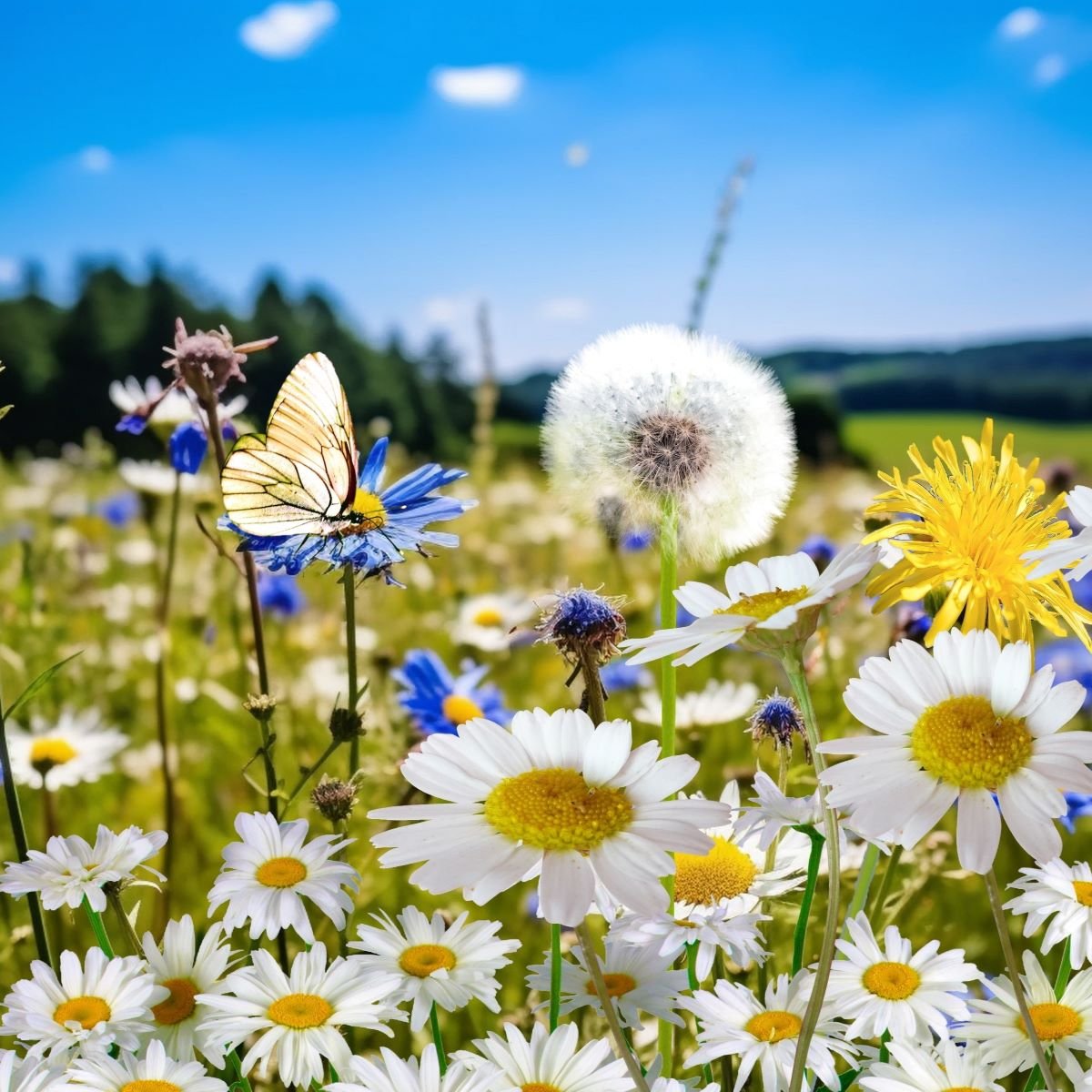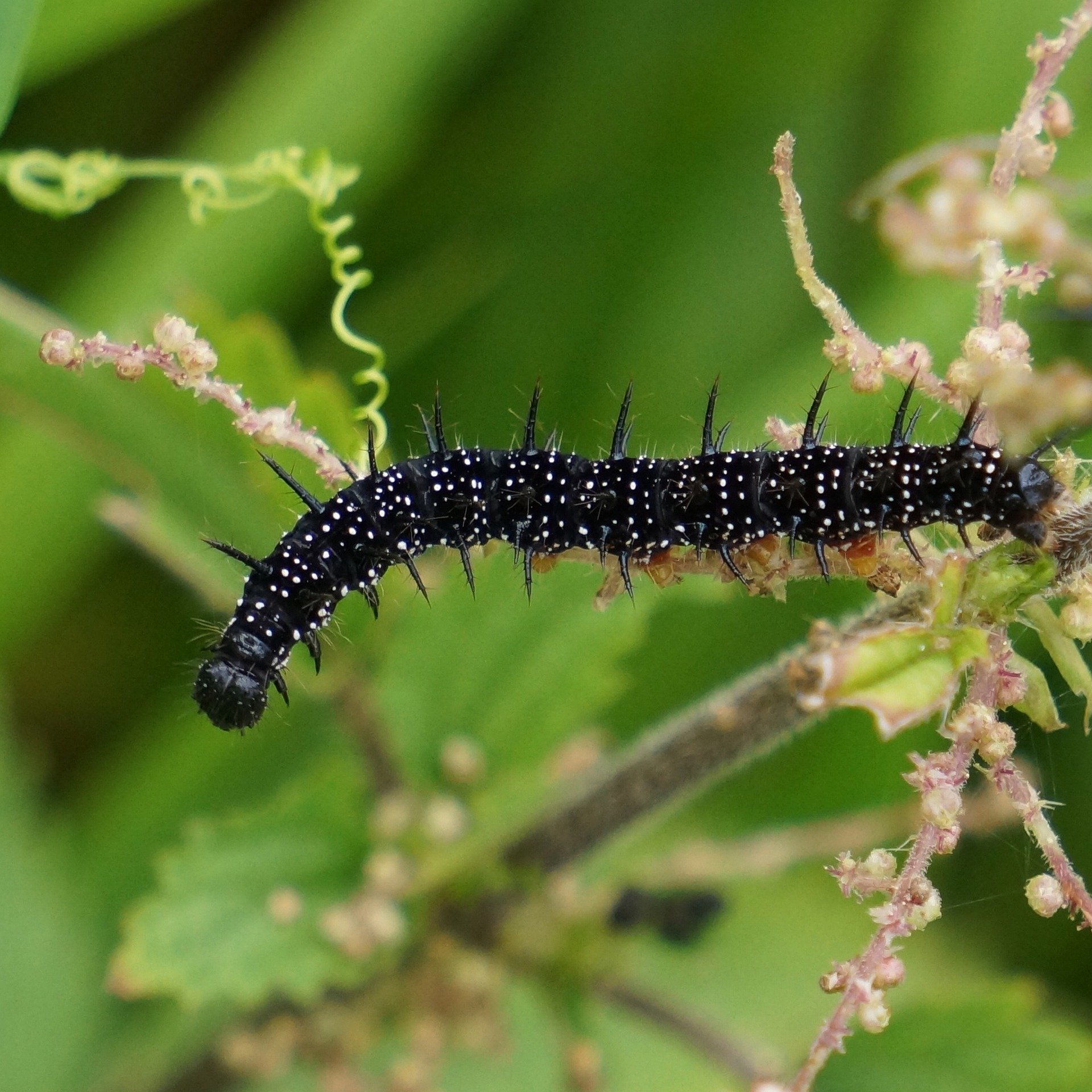How to encourage butterflies into your garden
Butterflies are a vital part of the ecosystem as both pollinators and as part of the food chain. Unfortunately, the numbers of butterflies and moths in the UK have decreased significantly since the 1970s but, luckily, there's a lot we can do to help butterflies in our gardens and outdoor spaces. Gardens, no matter how small they are, act as important stepping stones between natural habitats and so making your garden, patio or windowsill more welcoming for visiting butterflies is really important.
Below are some simple tips to help you make your garden butterfly friendly. You might not be able to do all, or even many of these things, but doing what you can will really help!
Grow nectar plants from March to November
It’s really important to grow nectar-rich flowers for the whole of the butterfly season. Spring flowers are vital for refueling butterflies coming out of hibernation or those that have migrated here and autumn flowers help butterflies build up their energy reserves for winter.
Maximise your outdoor space
Even if you have a small garden or balcony, you can make the most of your outdoor space with window boxes, hanging baskets, patio containers or adding a green roof to a shed.
Grow a diverse range of plants
Choose different plants to attract a wider variety of butterfly species and grow them in a sunny, sheltered spot. Many garden centres have labels on plants that are butterfly-friendly to help you choose. In general, the best butterfly friendly flowers tend to be single, open flowers, such as cottage garden plants like Black-eyed Susan (Rudbeckia hirta) and Purple Coneflower (Echinacea purpurea), as these provide easy access to their nectar. Pollinators don't tend to like flowers with multiple layers of petals as it can be difficult to access the nectar inside.
Grow host plants
Host plants provide a place for butterflies to lay eggs which then become food sources for caterpillars once the larvae hatch. These are often the less popular wildflowers but allowing your garden to be a little wild around the edges or letting your grass go tall in some areas will help support the caterpillars. Caterpillars are specialist feeders and feed on specific plants, such as nettles, holly and ivy. Nettles will attract red admirals, commas, peacocks and small tortoiseshells, for example, whereas grasses will attract skippers, marbled white and meadow brown.
Deadhead flowers
By removing any spent flowers, you will be encouraging the plants to produce more flowers which means more nectar for the butterflies!
Provide clean, fresh water
Butterflies need water as well as food so leave some fresh, clean water near to your flowering plants. See our previous blog post to find out how to make an insect watering station.
Don’t use pesticides
Pesticides and herbicides kill butterflies and other essential pollinators either directly or through the plants they or their larvae feed on and by removing important caterpillar food plants from your garden. Instead of resorting to harmful pesticides, consider attracting beneficial insects to your garden, such as ladybirds, lacewings and hoverflies for natural pest control.
Leave some fallen fruit
If you have fruit trees in your garden, leave some of the windfall fruit on the ground as some butterflies will be attracted to the sugary juices. Rotting pears, apples and berries are popular!
Make a butterfly feeder
As well as planting for butterflies and their caterpillars, you can also help by making a butterfly feeder and offering overripe fruit, such as bananas or pears. This is especially helpful in autumn when many plants finish flowering and nectar is not so easily available. Place the butterfly bait in a warm, sheltered area that is easily accessible to butterflies.
Our butterfly feeder craft box below is perfect for this! Each box comes with everything you need to make and decorate two wooden feeders with a small metal dish in the centre for you to place some fruit.
Author: Denise Hope, home educating mum of two boys
The butterfly feeder activity was part of a previous Mud & Bloom box. If you’d like to receive regular nature craft activities like this alongside gardening activities for children, subscribe below to receive a monthly Mud & Bloom box!








